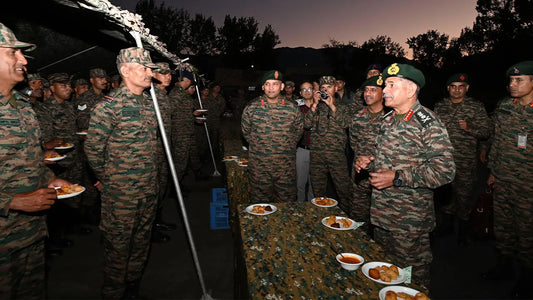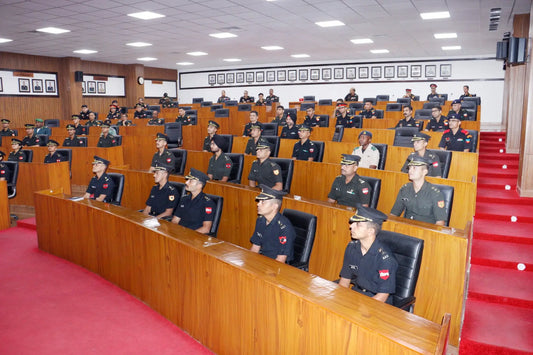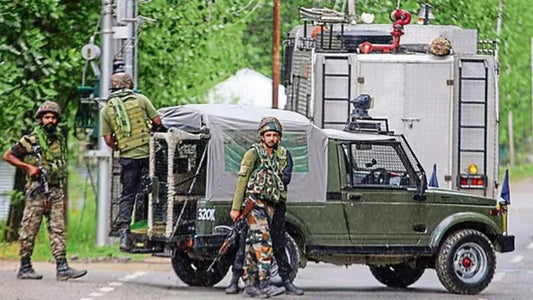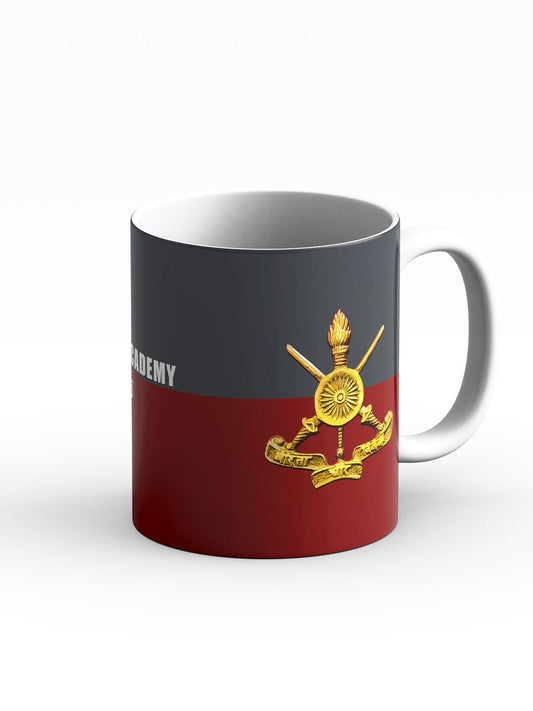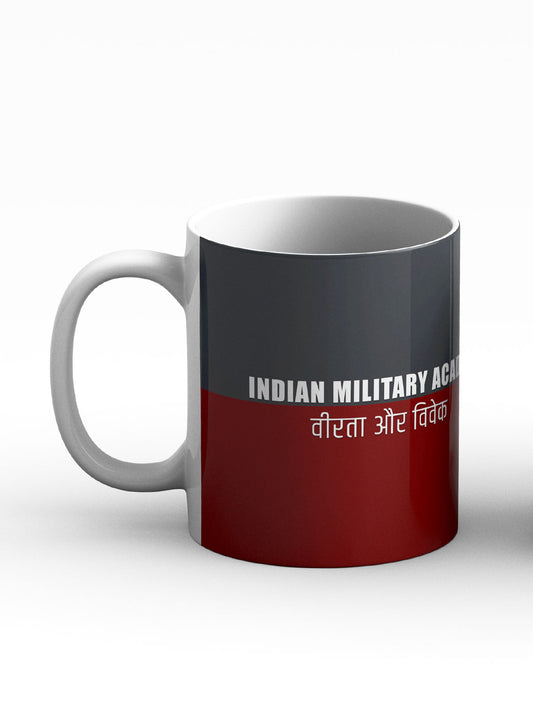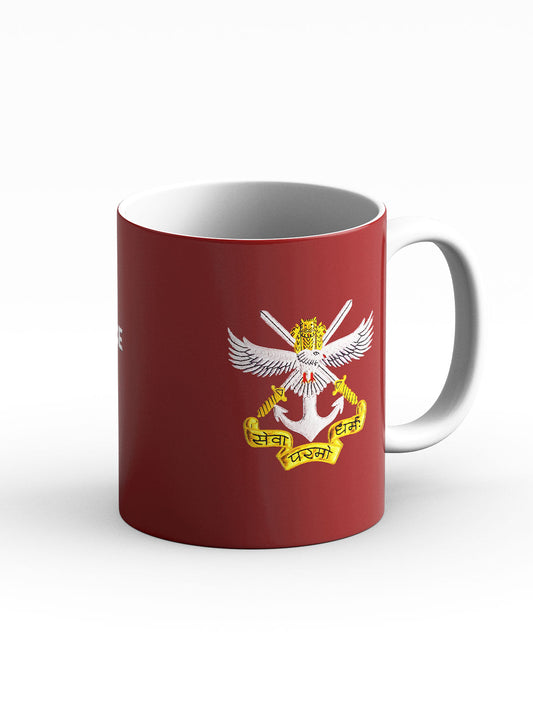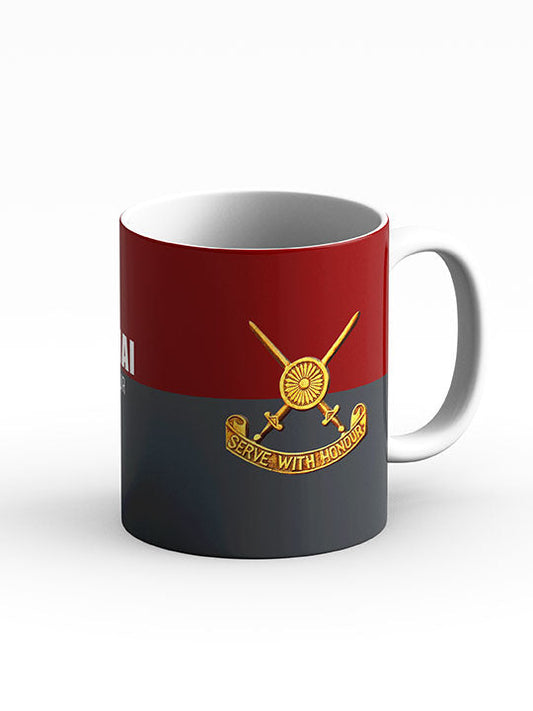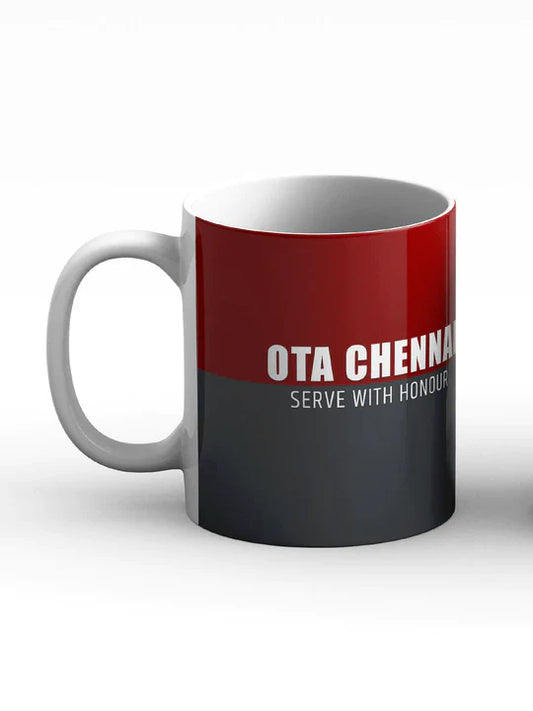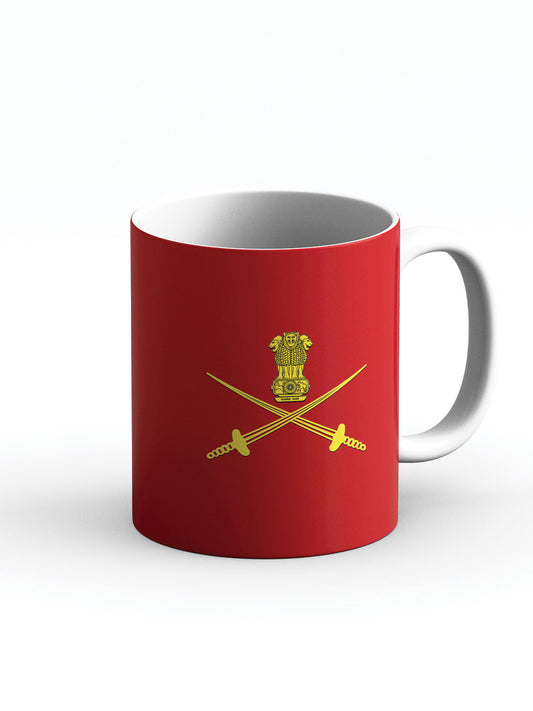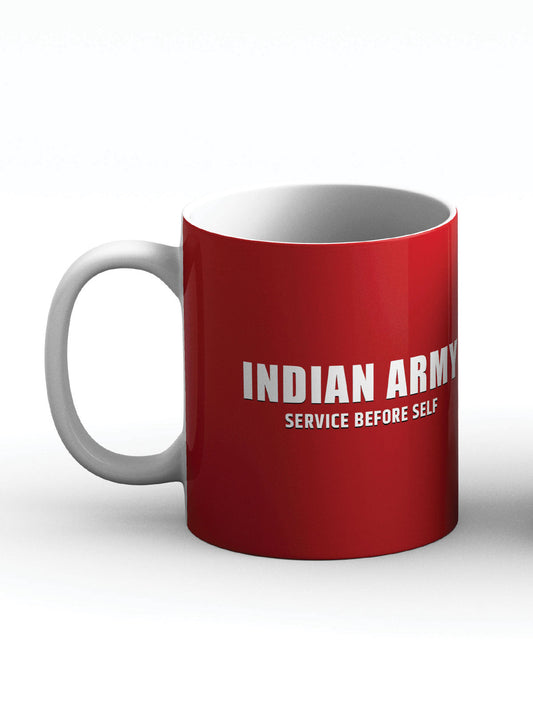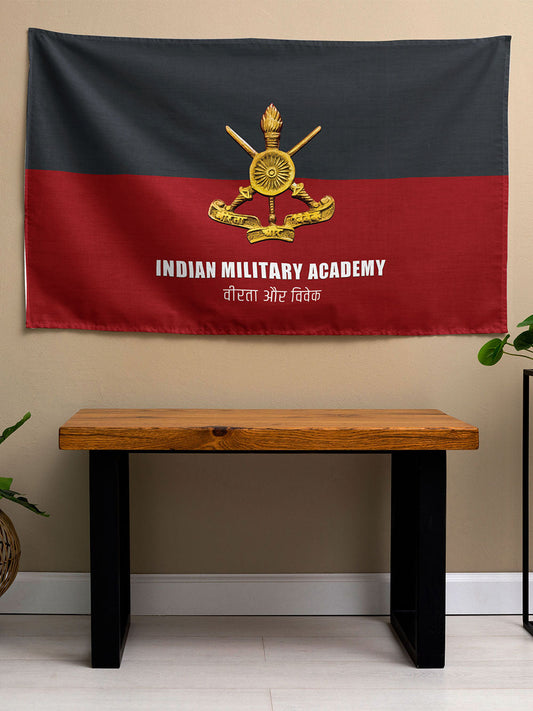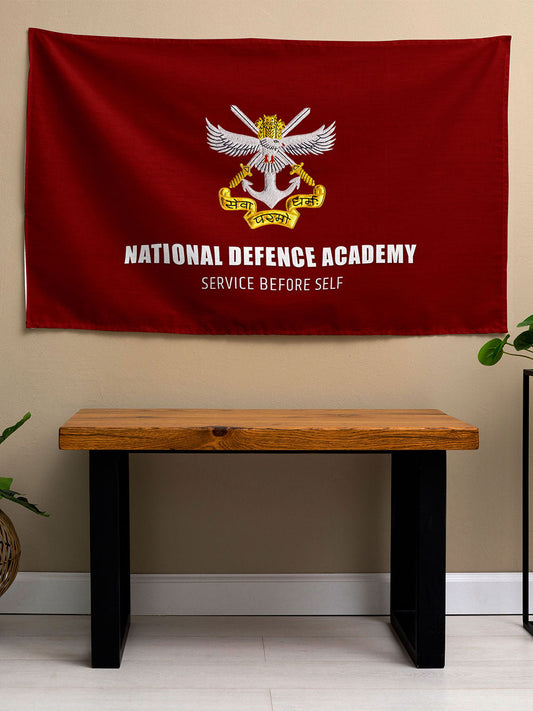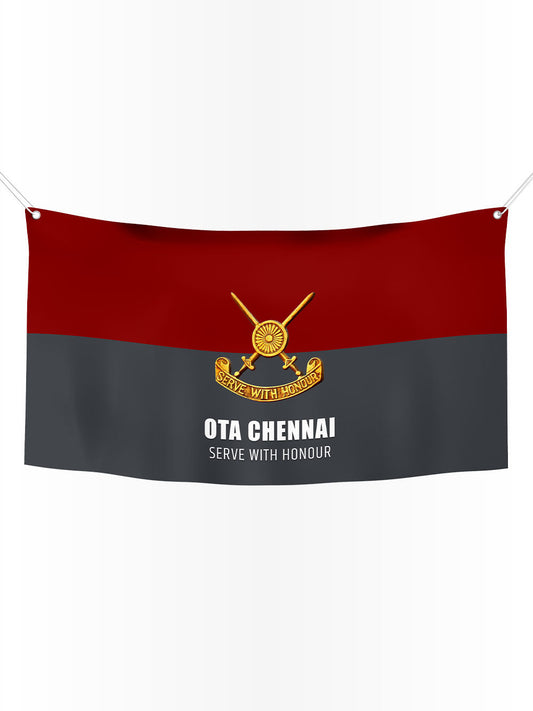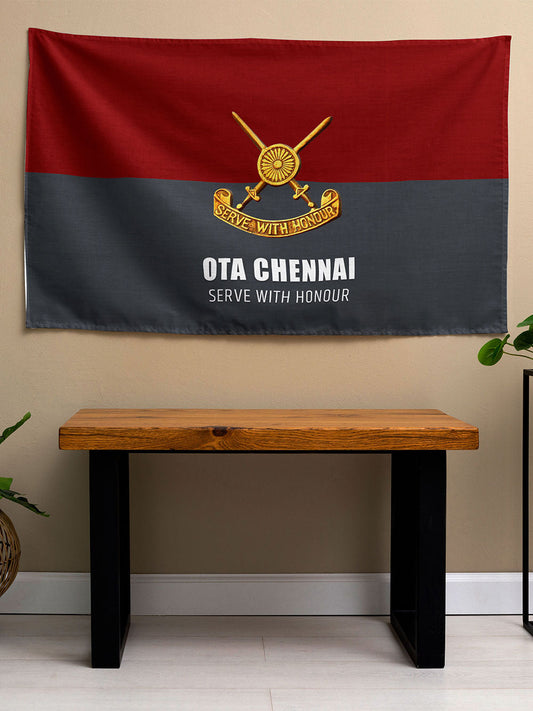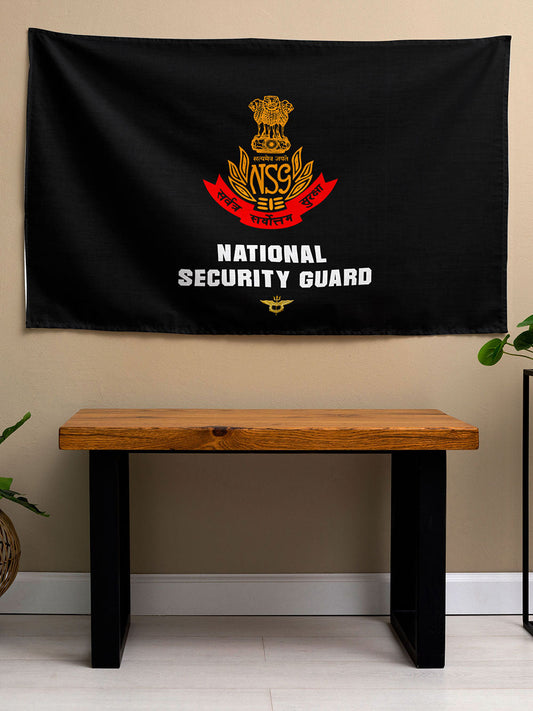Diwali Bonus for Indian Armed Forces Personnel: Eligibility, Calculation, and Impact

The Government of India annually provides a Diwali bonus, officially termed a non-productivity-linked ad-hoc bonus, to central government employees, including specific armed forces personnel, as a gesture of appreciation during the festival of lights. This bonus serves as financial relief for members of the Indian Army, Navy, and Air Force, calculated based on their basic pay and allowances, with a cap to ensure consistency. In 2025, the bonus was announced in late September, with payments made by early October, ahead of Diwali on October 20.
While the policy aims to express gratitude, its application displays intricacies: both combat and non-combat roles are eligible for military personnel, but administrative delays have at times left civilian support staff without timely disbursements. This arrangement demonstrates the government's attempt to balance fiscal responsibility with welfare, drawing from the Payment of Bonus Act, 1965, though it has been tailored for the public sector's unique needs.
Eligibility depends on service tenure and rank, requiring personnel to be in active service as of March 31 of the fiscal year, with at least six months of continuous duty. Pro-rata payments are made for those who have served partial years.
| Category | Eligible Ranks/Positions | Calculation Basis | 2025 Cap Amount | Notes |
|---|---|---|---|---|
| Military Personnel (Army, Navy, Air Force) | JCOs/ORs and equivalents (e.g., Petty Officers/Sailors in Navy, Warrant Officers/Airmen in Air Force) | 30 days' emoluments (basic pay + allowances) | ₹6,908 (rounded from ₹7,000 monthly ceiling ÷ 30.4 days × 30) | Excludes gazetted officers; subject to budget availability |
| Defence Civilians | Group C and non-gazetted Group B in defence establishments | Same as above | ₹6,908 | Often delayed; 2025 reports indicate non-disbursal for many in Navy/Air Force units |
| Paramilitary/Auxiliaries | CAPF personnel integrated with armed forces ops | 30 days' emoluments | ₹6,908 | Fully covered under central scheme |
| Ineligible | Gazetted officers, productivity-linked bonus recipients | N/A | N/A | Focus on lower ranks to target need-based support |
The funds for these payments are sourced from defence budgets, with the Ministry of Defence offering clarifications regarding the bonus's applicability to armed forces personnel.
In the Indian Army, soldiers, especially those stationed in forward areas, consider the bonus a valuable acknowledgement of their hardships. In 2025, Junior Commissioned Officers and Other Ranks (JCOs/ORs) received the maximum of ₹6,908, facilitating family contributions or local celebrations. Past instances, such as interim pay arrears in 2018 labeled as a "Diwali gift," highlight the Army's focus on such financial measures. However, civilian staff in units like DG EME reported exclusions in 2025, sparking union protests.
Naval personnel, including those aboard INS Vikrant, benefit similarly, with the bonus helping to cover shore leave costs. An order from 2022 granted parity to the Navy's equivalents to Army ranks. Nonetheless, in 2025, delays severely affected civilian staff in naval dockyards, described as "discriminatory" by unions, in contrast to the smooth disbursement for military staff.
For the Indian Air Force, airmen and warrant officers are included under the same provisions, with the bonus supporting those in high-altitude postings like Ladakh. The overlap of Air Force Day with Diwali themes of valor enhances the bonus's impact on morale. In 2025, civilian delays in AOC directorates mirrored the issues faced by the Navy, although military ranks received payments on schedule.
Initially introduced in the 1970s under Prime Minister Charan Singh to address labor demands, the Diwali bonus expanded from the 1965 Act to include public sector employees by the 1980s. For the defence sector, it became more significant after the 7th Pay Commission in 2016, with explicit inclusion of armed forces from 2022. The absence of a productivity link ensures it serves as a welfare initiative, promoting fairness.
In 2025, amidst dearness allowance increases, the bonus functioned as a "micro-stimulus" for festive spending, benefiting over a lakh defense personnel. Critics argue that the ₹7,000 cap does not keep pace with inflation, yet proponents emphasize its importance for retention and family welfare.
Delays in civilian disbursements, highlighted by AIDEF's C. Srikumar, are attributed to ministerial logjams, as 2025 payments awaited Finance Ministry approval despite central sanctions. This perceived "stepchild" treatment contrasts with the prompt disbursals experienced by military personnel, leading to calls for more efficient processes. Although no major fraud or corruption issues have been reported, disparities remain, particularly affecting ad-hoc workers.
Apart from financial benefits, the bonus strengthens esprit de corps, with leaders like Admiral Tripathi joining sailors for Diwali 2025 aboard INS Vikrant. Economically, it injects substantial funds into local markets, aligning with growth driven by festival spending. Future improvements might be linked to the 8th Pay Commission, potentially increasing the bonus cap.
